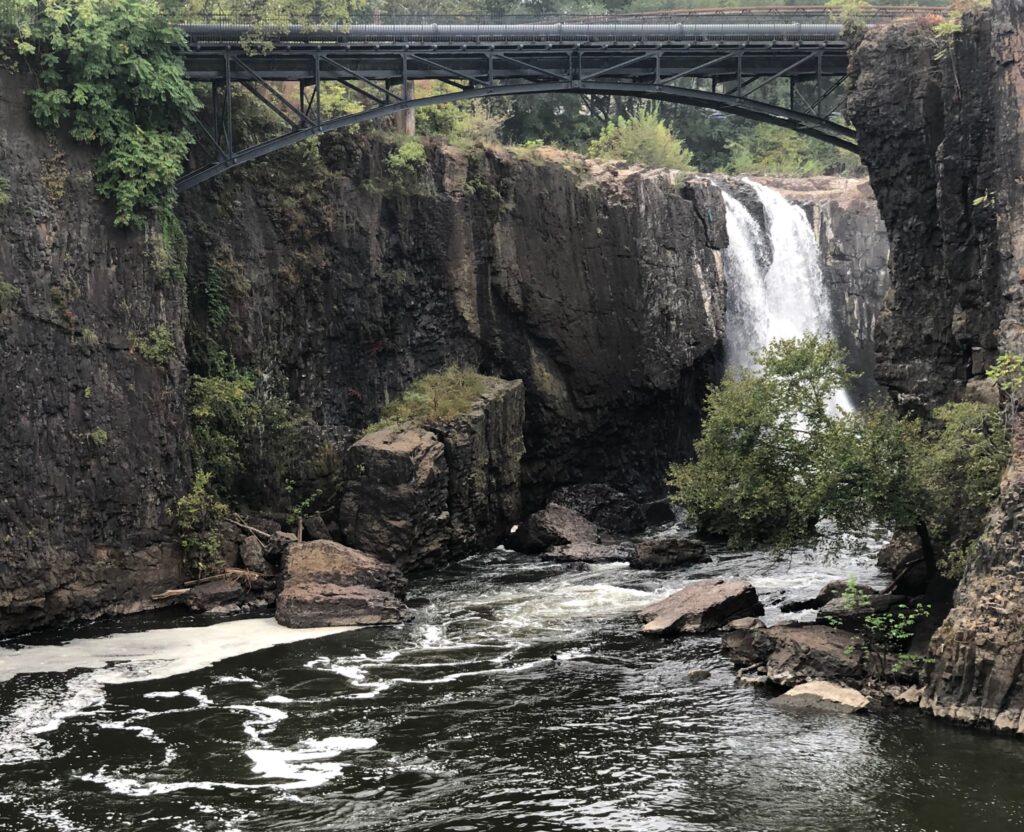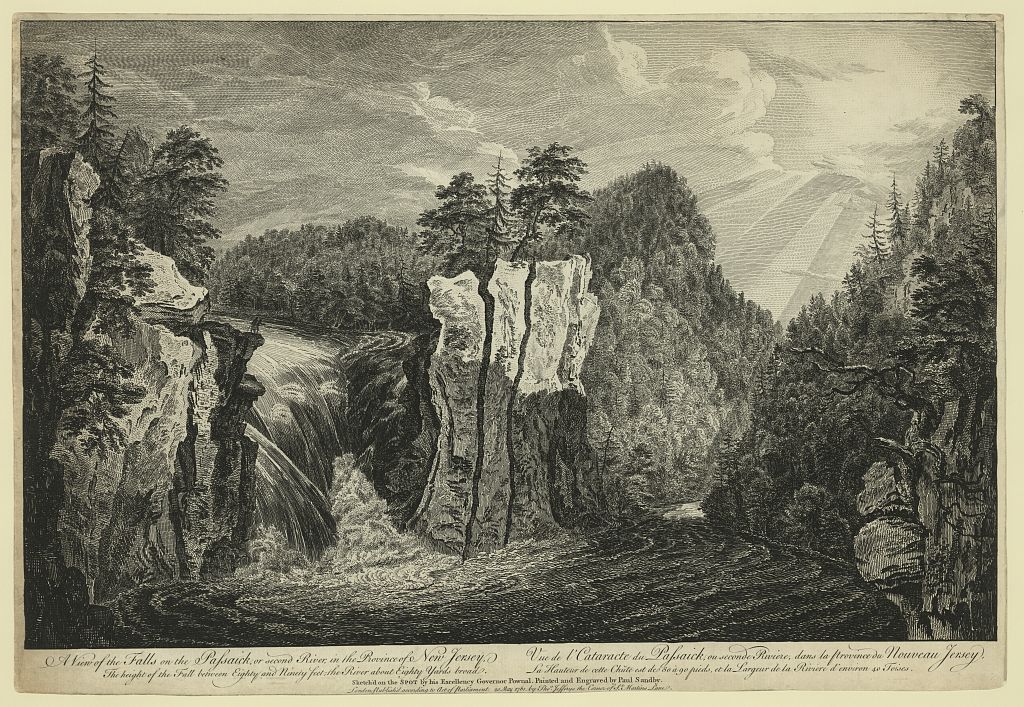
(Steve Martinez-Partida)
Two weeks ago, I picked up some friends at John F. Kennedy Airport in Queens, NY. They had flown in from their oceanfront home in Mazatlán, Mexico, and were our houseguests for a week. It was the couple’s first visit to the Big Apple, so they had a full itinerary of day trips and sightseeing planned. Since my wife was still working and we had a few hours to kill, I decided to take the “scenic route” back to NJ. However, I wasn’t all that sure what we would find, other than landmarks like Yankee Stadium, or the High Bridge, formerly the Aqueduct Bridge, the oldest in NYC, built back in 1848. We crossed the Hudson and headed west on Route 80, Soon, we entered Paterson, NJ, and I saw a familiar little road sign that I had passed hundreds of times before, Great Falls. I said to my friends in Spanish, “I don’t know how ‘great’ they are, but let’s find out!”
After winding our way through blocks of urban blight, a city ravaged by poverty and neglect, we came upon an impressive 19th century industrial cityscape. Vast red brick factories with names long-gone companies visible in the faded paint above the doorways. Then the sign for the falls and and the historic district pointed to a nondescript parking lot with two porta-potties tucked off in the corner. I encouraged my friends not to leave any valuables like purses in the car since Paterson has a high crime rate. We walked down 200 feet from where we parked and were treated to a majestic sight.

(Steven Martinez-Partida, 2021)
My jaw dropped. It was an oasis of natural wonder and an unsung natural resource hidden away in a deteriorating urban area. It turns out that the Great Falls in Paterson, now part of the National Parks System, was Ground Zero for the Industrial Revolution in the Americas. Paterson was the young country’s first planned industrial city, initially conceived by one of the nation’s founders, Alexander Hamilton. By the 1890s, Paterson was known as the “Silk City,” and the mill workers there helped create the US system of organized labor.

I had no idea.
Why weren’t we taught the history of a national landmark just 15 miles from the town where I grew up in grade school?
As an environmentally minded person who minored in Sustainability, how could I not be aware of the river’s hydroelectric plant that has generated power for more than 100 years?
As a progressive, how could I not know about President Barack Obama naming the Great Falls a national park in 2009, or how the fight for that designation, led by Rep. Bill Pascrell (D-NJ9), goes back nearly a half-century.
Could it be that the Great Falls, situated in the middle of a Northeastern city with crumbling infrastructure, filled with crime and poverty, was simply a victim of progress and changing patterns of economic development? Or was Paterson deliberately forsaken, a sacrifice zone for consolidating political power and preserving systemic racism?
In this ongoing series, I intend to explore Paterson’s past, present, and future – the triumphs, the mistakes, our collective responsibility, and the possibility that Paterson could become a model for sustainable cities in the 21st century.